Tell me if this sounds like a familiar research paper co-authoring experience:
You write a manuscript for a research paper and send it to your two co-authors. The first co-author returns it with 258 edits and so many comments that their stacked length exceeds the length of the paper itself. For a mysterious reason, the automatic references have all converted to static text. Now you have to either re-write his edits in your version or start over with the references in his… Watching the grass grow would be more fun!
The second co-author of your paper is from a commercial company and she has to pass the manuscript by her superiors to make sure publishing the results is not in conflict with the company policy. OK, so you wait. Then write her a reminder. Then wait some more. Eventually, after another three weeks, you receive an email saying “We can’t publish Figure X because it is something that we would like to keep as a know-how of our company”. But the damn thing is the core of the whole paper! Why did you even spend all this time working on the manuscript!?
As the infomercials go: “There is got to be a better way!”
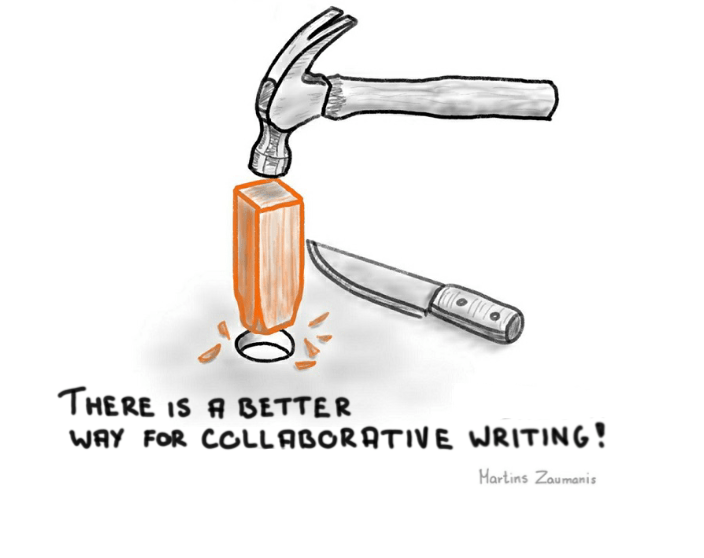
And there is a better way. In this article I will show you how to co-author a research paper in three simple steps. This will make you more effective in writing research papers and perhaps you will even enjoy the collaborations more.
How to co-author a research paper STEP 1: Have a meeting
Often the first discussion between the co-authors of a research paper takes place after the main author has written the first draft. This is probably the greatest mistake in co-authoring a research paper.
People tend to weigh written words heavier than spoken. If you immediately circle the first draft of a research paper, the co-authors might presume that the approach is settled and feel less able to impact the decisions. As a result, they might have less enthusiasm to contribute to the paper.
Alternatively, if your co-authors are confident in their opinion and especially if they have a higher rank than you do, you are in danger of receiving a list of comments that will require you to rework large parts of the paper.
There is a simple way to avoid these problems. Sit down together or have a video-call with the co-authors of your research paper to reach consensus before starting to write. Follow these four steps to make sure the meeting is as efficient as possible:
- Define the research paper message
During the meeting, your first goal is to define a common understanding of what is the key message of the paper. If the co-authors were not intimately involved in the research, you, as the main author, should come prepared. Bring results and data charts ready for discussion. Have a logically derived opinion that you can present. Then encourage brainstorming to reach a consensus.
- Jointly write an outline of your paper
Once you have defined the message, agree with the co-authors of your paper how it should be delivered – decide what data to include in the paper and how to best transmit the message visually through figures. Ideally, you should jointly write an outline of the Results and Discussion part of the paper. This can be one sentence for each significant result and may become the subsection headers later on.
- Divide the work and set deadlines
Before parting, decide who does what and set deadlines that everyone agrees with. This will keep the co-collaboration structured and efficient. It’s a good idea to also define the sequence of co-author authors on the published paper to avoid quarrels later.
- Send out a summary of the decisions
After the meeting, summarize and send the co-authors of your research paper a summary of the discussion via email. The written document will serve as a reminder of the jointly-made decisions and deadlines.
How to co-author a research paper STEP 2: Put the manuscript in the cloud
I was once co-authoring a European-wide research project application with 15 participants from nine different countries. The main author must have spent mind-numbing hours merging the tracked changes from 15 different documents in a single file.
Thankfully, it does not have to be this way. Collaborative writing tools allow co-authors of a research paper to work simultaneously on the same document. This will save a lot of time that you can spend actually thinking about the content of the paper, instead of working as a copy editor.
Here are the best research paper co-authoring tools to use:
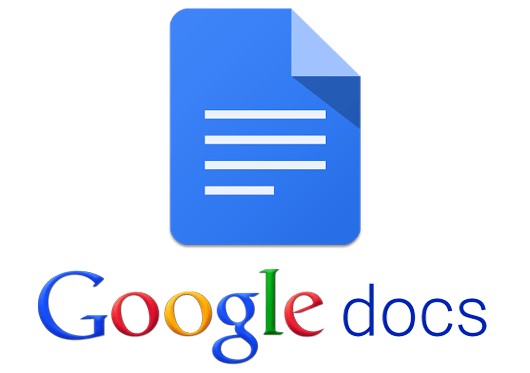
Google Docs
Pros: Intuitive and easy to set up. The editors are not obliged to have an account; the author needs to have it.
Cons: Does not have a built-in reference manager. The formatting tends to break when exporting to MS Word.
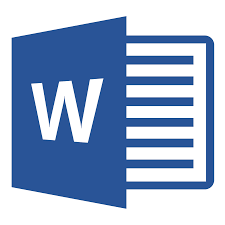
MS Word online
Pros: Familiar to everyone. The editors are not obliged to have an account; the author needs to have it.
Cons: The plug-in reference managers do not work. Limited formatting compared to Word.

Authorea
Pros: It’s purposefully built for scientists and therefore includes many handy features, like citation tools, automatic formatting according to journal requirements, and many others.
Cons: A steeper learning curve and everyone needs to create an account.

Dropbox
Pros: It is a cloud storage not a text editor so you can share a document in any format.
Cons: Everyone needs a Dropbox account to be efficient. Simultaneous editing can create parallel versions.
For even more academic writing tools check out this article.
How to co-author a research paper STEP 3: Push for progress
If you have had a meeting before starting to write and this is not the first paper you author, there should be no need for more than one, a maximum of two rounds of content editing and perhaps one more for final proof-read by the co-authors. You, as the main author, should circulate emails about the status and push everyone to follow deadlines.
In some cases, the co-authors of your paper might be very picky and send new edits every time you send them the “Final Version”. You end up with “Final Version 2”, “Final Version 3” and so on… If this is the case, you will have to take the leap and say when the manuscript is ready to be sent out. A good way to show your intentions is to send an email to your co-authors starting with “Please approve… “ instead of the “Please provide feedback…”.
Finally, if nothing else works and there are still comments and conflicting opinions coming back from the co-authors, suggest to rely on the expertise of the journal reviewers.
Collaborative writing can work!
What would have happened to the collaboration we discussed at the beginning of this article if only the co-authors would have followed the process I just described?
The first co-author would have told most of his 258 suggestions during the initial meeting. You would have used them when preparing the first manuscript of the research paper and saved a lot of time on re-writing. The automatic references would not have been messed up, because everyone would edit the document in the cloud.
The paper co-author from the commercial company would see in the initial meeting which data you are planning to include in the paper and would have raised her concerns right away. During the meeting, you would have agreed on a plan B in case her superiors objects to publishing certain results. Finally, her own commitment to a firm deadline would have increased the chances that she actually follows it.
Co-authoring a research paper and more broadly speaking – working together with peers can bring a lot of value to you as a researcher. You will learn about other projects, observe how your peers approach certain problems, learn from their way of writing research papers and build relationships with them.
All you need is to get rid of some painful parts of collaborations and learn how to co-author a research paper efficiently. Then you will be able to fully enjoy the benefits.
A guide for writing papers that get cited
Knowing how to write research papers can make the difference between being invited to apply for a tenure track position and sending out CVs to random professors in the hope of a miracle.
Hi! My name is Martins Zaumanis and in my interactive online course Research Paper Writing Masterclass I will show you how to write research papers efficiently using a four-step system called “LEAP”. You will learn to to visualize your research results, frame a message that convinces your readers, and write each section of the paper. Step-by-step.
And of course, you will see how to answer the infamous Reviewer No.2 🙂

Hey! My name is Martins Zaumanis and I am a materials scientist in Switzerland (Google Scholar). As the first person in my family with a PhD, I have first-hand experience of the challenges starting scientists face in academia. With this blog, I want to help young researchers succeed in academia. I call the blog “Peer Recognized”, because peer recognition is what lifts academic careers and pushes science forward.
Besides this blog, I have written the Peer Recognized book series and created the Peer Recognized Academy offering interactive online courses.


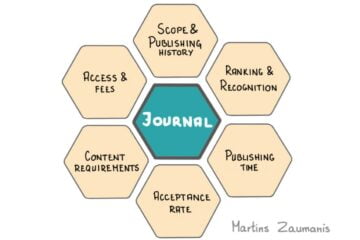
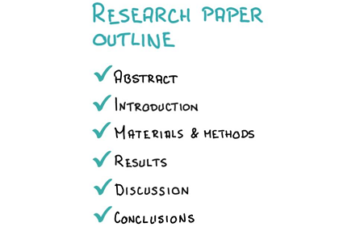
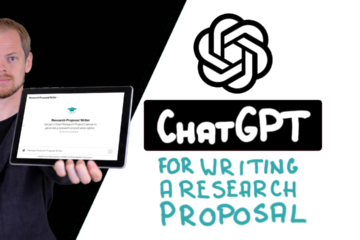


One comment
Comments are closed.